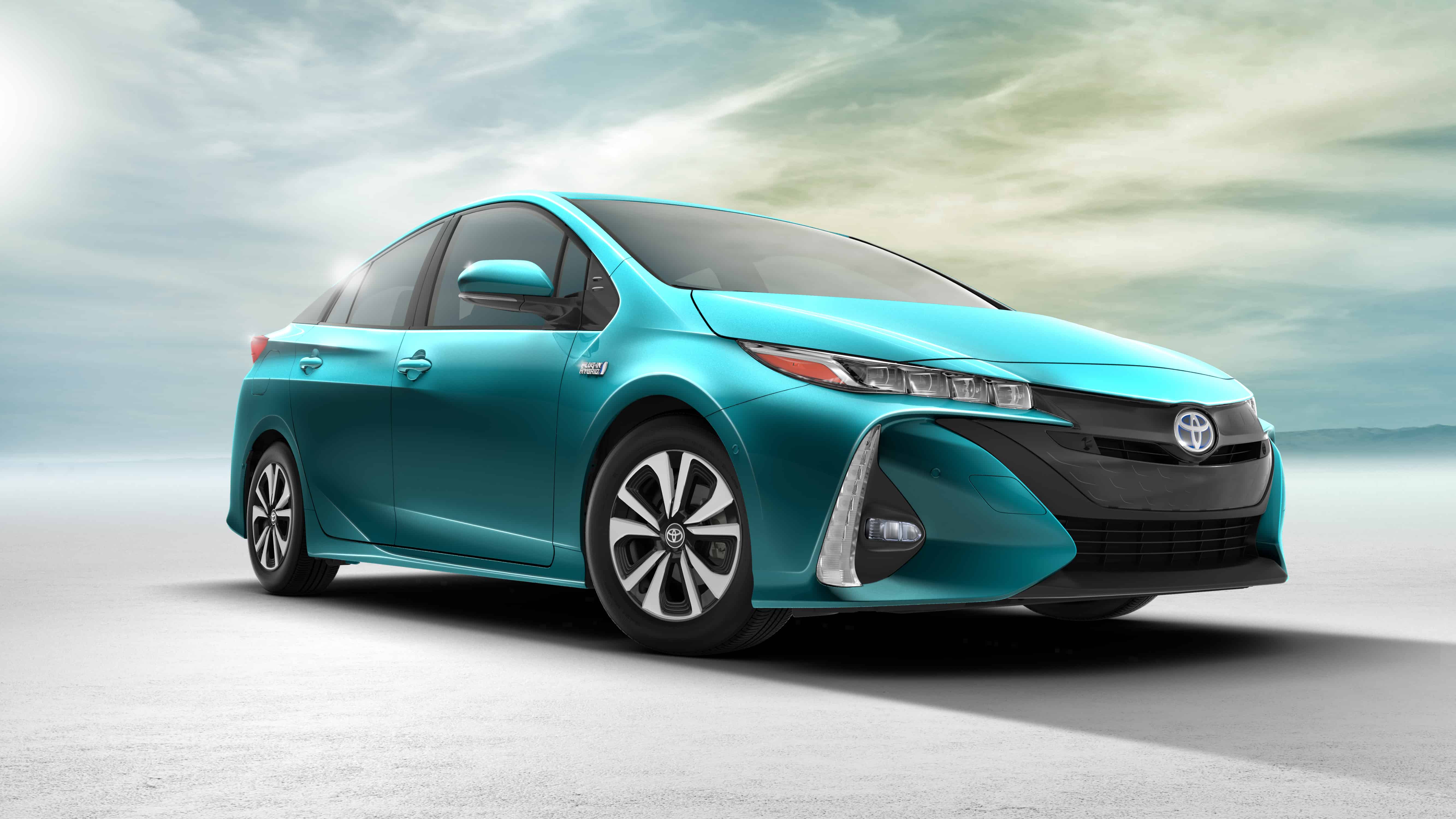Going electric
By Steve Schaeber, MACS manager of service training
One of my favorite childhood toys was an electric race track set, but more fun than playing with it was taking apart the little cars to see what made them work. There wasn’t much to them, a plastic body and frame, a small electric motor with two wires leading to braided copper wire brushes that made contact with the rails as a plastic pin guided it along the track. In principle my toy functioned a lot like many regional rail train systems do, although on a much smaller scale.
Since then I’ve been intrigued by the idea of electric transport, particularly as I learned about GM’s EV1 back in the 90s. No need to buy gasoline, no emissions while driving, instant, throw-you-back-in-the-seat torque – and – you can plug it in at home to recharge overnight. Like many others I was unhappy when GM ended the program, but it’s relatively short range and long recharge time made it impractical for most drivers who not only commute to work, school and activities during the week, but also like to go away on weekend trips that could be a few hundred miles or more. So unless you want to have two vehicles, an electric for around town and a gas car for long trips, you’re probably going to opt for gas.
Many of the EVs being sold today, such as Nissan’s Leaf or Ford’s Focus Electric have pretty much picked up where the EV1 left off, and while they’ve done quite a bit to improve technology and raise awareness, these cars still provide a limited range of about 100 miles. For some this is plenty, like MACS Member Brad Spanial, whose shop uses a BMW i3 as a parts runner and courtesy vehicle. “I use a regular 120-volt plug to charge it at night. Zero to full takes 16 ½ hours. The Exxon next to the shop has a 220-volt charger, and 0 to full takes 3.75 hours.” Brad’s i3 does have the range extender, but it rarely runs since he only drives about 50 miles each day.
I’m curious to see what happens over the next year or so. GM is poised to launch the Bolt EV any day now, and once it is out I’ll stop by Bergey Chevrolet to check it out. At $37,500, GM claims it can go 238 miles, which puts it within what I reason to be useful range. Considering there are times when I need to drive upstate or down the shore (which are each about 100 miles away), this car should be fine, if I can find a place to recharge along the way.
Tesla is also on track to deliver the first Model 3 sedans later this year, and while they too are expected to deliver 200+ miles of range for $35,000, it’s going to have Autopilot, an exciting feature for someone like me who enjoys going on long trips but doesn’t like the monotony of highway driving (anyone who’s driven I-76 from Philadelphia to Pittsburgh knows what I mean).
Note: Follow MACS on our WordPress BLOG to see the Chevy Bolt when it comes out. We’ll also check out the A/C system and report our findings at https://macsworldwide.wordpress.com/.


Leave a Reply